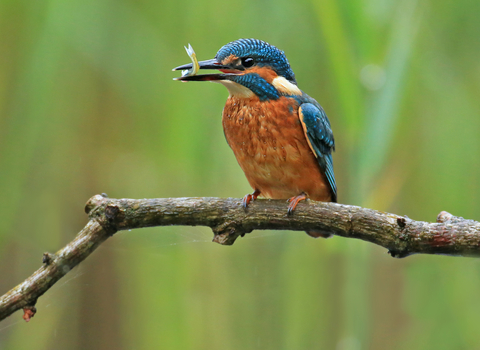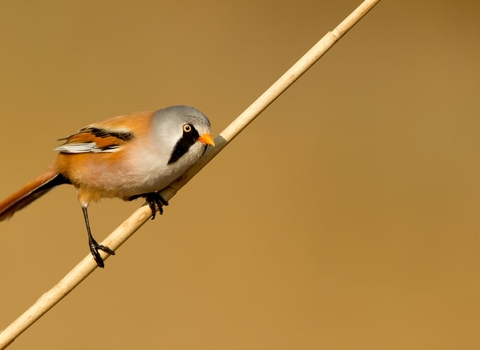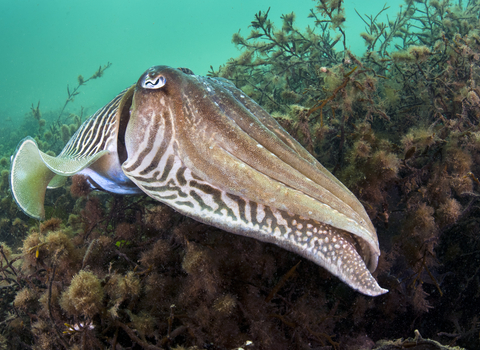Around 88,000 different species of animals, plants and fungi are known to share the UK with us – its human population. A combination of climate, geology and land-use history makes the UK’s landscape a surprisingly diverse place, even if today its wildlife is a shadow of its former self and many natural habitats are under pressure.
Saving the UK’s wildlife and wild places and helping them to recover from past losses and damage has been a central aim of The Wildlife Trusts throughout our history. For more than a century, we have been saving, protecting and standing up for wildlife and wild places.
Many Wildlife Trusts were set up in order to take ownership of a particular piece of land so that its wildlife could be saved for future generation. For example: Norfolk Wildlife Trust was set up in 1926 in order to own Cley Marshes - a marsh on the north Norfolk coast that was used for shooting wild birds. Lincolnshire Wildlife Trust was formed in 1948 to take on management of Gibraltar Point. Wiltshire Wildlife Trust was set up in 1963 to take on Blackmoor Copse, one of the last places in the county that was home to the purple emperor butterfly. Today you can visit all these places, and many many more, and experience the wildlife and habitats that our founders worked so hard to save.
Working together, people can change the natural world for the better; everyone has a part to play.
Today the pressures on nature are wide and complex so we save wildlife and wild places in different ways. Here we look at the principal ways we do this:
We influence and develop policies for our land and seas – by using our experience of what works on the ground to work and campaign for laws and polices that help wildlife on land and at sea. Legislation and policy that helps wildlife often has many benefits for people too.
We look after 2,600 nature reserves – by protecting and managing special habitats and rare and uncommon wildlife, defending them against damage.
We work to help nature's recovery– by working with partners to restore habitats over larger areas of land like river corridors.
We protect wildlife at sea – by campaigning for its protection, collecting data and ensuring that developments like wind farms do the least damage to marine habitats.
We help others to manage land for wildlife – by providing advice and support to farmers, business, local councils and schools. Many Wildlife Trusts are involved with looking after registers of Local Wildlife Sites - areas of wildlife-rich land given some protection through the planning system. This work is often in partnership with local councils, landowners and local environmental record centres.
We save species at risk – by running targeted conservation programmes to help save water voles, red squirrels, barn owls, hedgehogs and other wildlife.
We carry out research – by undertaking surveys to gather information on wildlife and habitats and the impact of our conservation management. We don't just do this on land. We run a programme of coastal wildlife surveys - Shoresearch - and undersea surveys where divers collect information on marine wildlife and habitats to guide conservation and identify areas of the seabed that should be protected for their wildlife.



